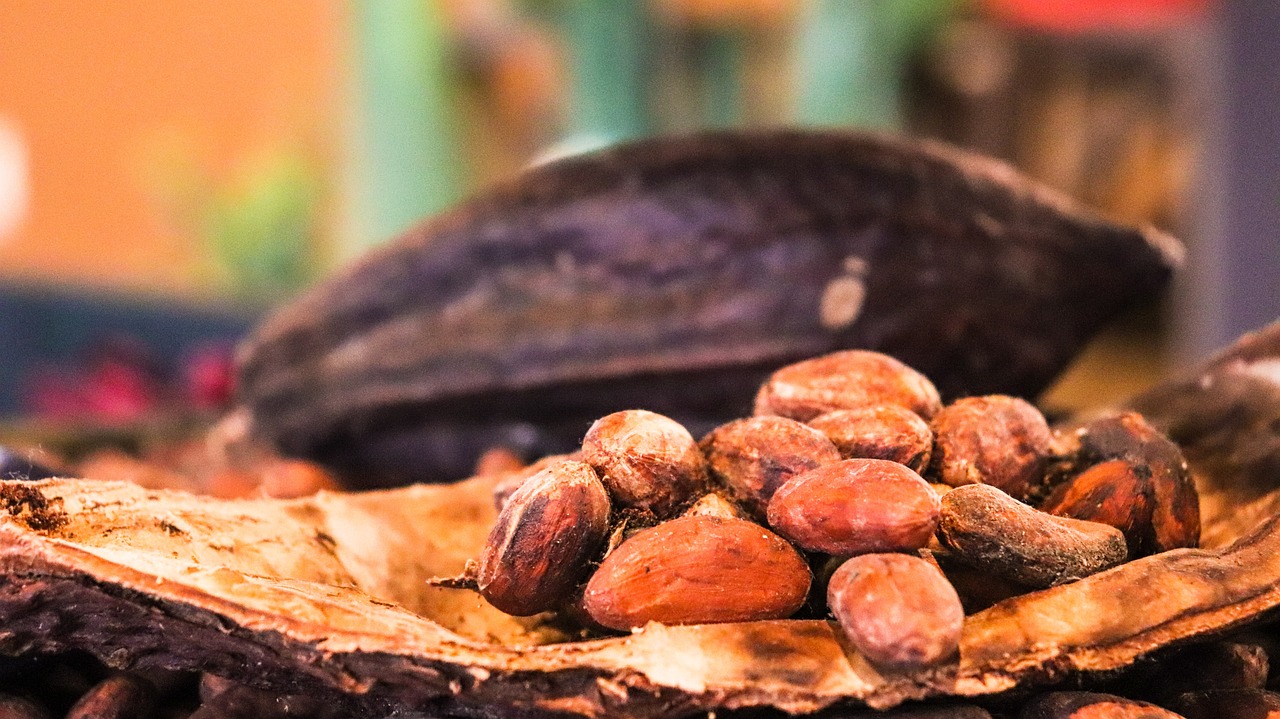Cocoa Prices Settle Higher as Ivory Coast Cocoa Exports Slow

September ICE NY cocoa (CCU25) on Monday closed up +110 (+1.35%), and September ICE London cocoa #7 (CAU25) closed up +71 (+1.23%)
Cocoa prices moved sharply higher Monday on signs of a slowdown in Ivory Coast cocoa exports. Monday's government data showed that Ivory Coast farmers shipped 1.73 MMT of cocoa to ports this marketing year from October 1 to July 13, up +6.8% from last year but down from the much larger +35% increase seen in December. There are reports that heavy rain in the Ivory Coast is keeping cocoa growers off their farms and is disrupting the ongoing mid-crop cocoa harvest.
Cocoa prices have sold off over the past seven weeks on signs of weak demand and higher global cocoa production, with NY cocoa posting a 2.5-month low last Monday and London cocoa posting an 8.5-month nearest-futures low last Friday.
Demand concerns are weighing on cocoa prices after chocolate maker Barry Callebaut AG reduced its sales volume guidance last Thursday for a second time in three months, citing persistent cocoa price volatility. The company projects a decline in full-year sales volume and said it "saw its largest decline in a decade in the third quarter."
Bigger cocoa supplies from Ghana are bearish for prices. On July 1, the Ghana Cocoa Board projected the 2025/26 Ghana cocoa crop would increase by +8.3% y/y to 650,000 from 600,000 MT in 2024/25. Ghana is the world's second-largest cocoa producer.
In a bearish factor, ICE-monitored cocoa inventories held in US ports climbed to a 10-month high of 2,363,861 bags on June 18 and were modestly below that high at 2,338,724 bags as of Monday.
Cocoa prices have support from quality concerns regarding the Ivory Coast's mid-crop cocoa, which is currently being harvested through September. Cocoa processors are complaining about the quality of the crop and have rejected truckloads of Ivory Coast cocoa beans. Processors reported that about 5% to 6% of the mid-crop cocoa in each truckload is of poor quality, compared with 1% during the main crop. According to Rabobank, the poor quality of the Ivory Coast's mid-crop is partly attributed to late-arriving rain in the region, which limited crop growth. The mid-crop is the smaller of the two annual cocoa harvests, which typically starts in April. The average estimate for this year's Ivory Coast mid-crop is 400,000 MT, down -9% from last year's 440,000 MT.
Concern about consumer demand for cocoa and cocoa products is bearish for cocoa, driven by fears that tariffs will exacerbate already high cocoa prices. On April 10, Barry Callebaut AG, one of the world's largest chocolate makers, reduced its annual sales guidance due to high cocoa prices and tariff uncertainty. Also, chocolate maker Hershey Co. recently reported that Q1 sales fell by 14% and said it anticipated $15-$20 million in tariff costs in Q2, which will boost chocolate prices and further weigh on consumer demand. Mondelez International reported weaker-than-expected Q1 sales, stating that consumers are cutting back on snack purchases due to economic uncertainty and high chocolate prices.
Weaker demand from cocoa processors was seen in Q1. Q1 North American cocoa grindings fell -2.5% y/y to 110,278 MT. Q1 European cocoa grindings fell -3.7% y/y to 353,522 MT. Q1 Asian cocoa grinding fell -3.4% y/y to 213,898 MT.
On May 30, the International Cocoa Organization (ICCO) revised its 2023/24 global cocoa deficit to -494,000 MT from a February estimate of -441,000 MT, the largest deficit in over 60 years. ICCO said 2023/24 cocoa production fell by 13.1% y/y to 4.380 MMT. ICCO said the 2023/24 global cocoa stocks/grindings ratio fell to a 46-year low of 27.0%. Looking ahead to 2024/25, ICCO on February 28 forecasted a global cocoa surplus of 142,000 MT for 2024/25, the first surplus in four years. ICCO also projected that 2024/25 global cocoa production will rise +7.8% y/y to 4.84 MMT.
On the date of publication, Rich Asplund did not have (either directly or indirectly) positions in any of the securities mentioned in this article. All information and data in this article is solely for informational purposes. For more information please view the Barchart Disclosure Policy here.

